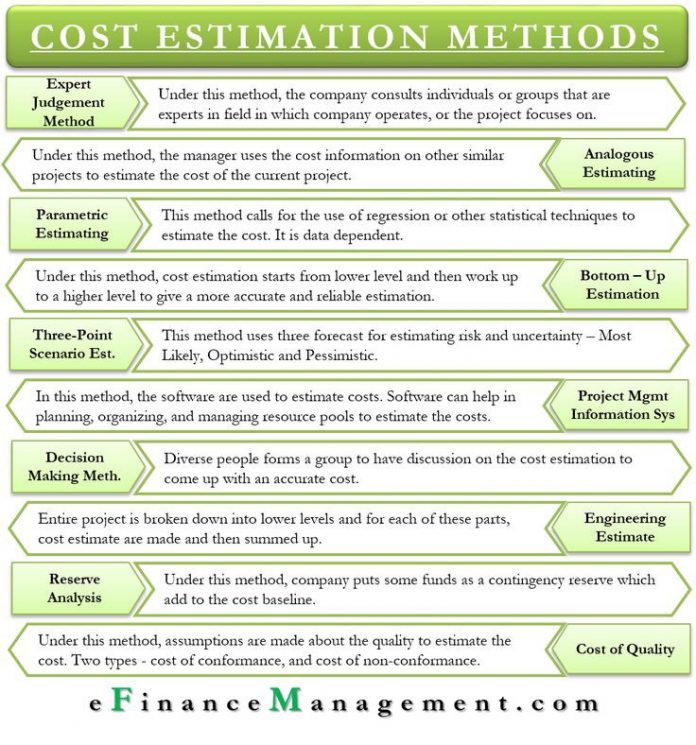Introduction
Project estimating and cost management are critical components of successful project management. They involve the process of determining the cost of resources required to complete a project and managing those costs throughout the project lifecycle. In this article, we’ll cover the basics of project estimating and cost management, including its importance, the steps involved, and best practices.
The Importance of Project Estimating and Cost Management
Accurate project estimating and cost management are essential for ensuring that a project is completed within budget. They help project managers understand the total cost of the project, identify areas where costs can be reduced, and make informed decisions about resource allocation. Inaccurate estimates can result in cost overruns, missed deadlines, and project failure.
Steps Involved in Project Estimating and Cost Management
Define the Scope of the Project
The first step in project estimating and cost management is to clearly define the scope of the project. This involves identifying the objectives of the project, the deliverables, and the resources required to complete it. A well-defined scope will help project managers to estimate costs accurately and manage resources effectively.
Develop a Work Breakdown Structure (WBS)
The next step is to develop a work breakdown structure (WBS), which is a hierarchical representation of the work required to complete the project. The WBS breaks down the project into smaller, manageable components, making it easier to estimate costs and allocate resources.
Estimate Costs
Once the WBS has been developed, the next step is to estimate the costs of the individual components. This involves identifying the resources required, determining the cost of those resources, and calculating the total cost of the project. There are several methods for estimating costs, including bottom-up estimating, top-down estimating, and expert judgment.
Determine the Project Budget
The project budget is the total amount of money allocated for the project. It is based on the cost estimates developed in the previous step and takes into account any contingencies or reserves. The project budget is a critical component of project cost management and is used to track and control costs throughout the project lifecycle.
Monitor and Control Costs
Project cost management involves continuously monitoring and controlling costs throughout the project lifecycle. This includes tracking actual costs against the project budget, identifying variances, and taking corrective action as necessary. It is important to regularly review the project budget and adjust it as needed to ensure that the project stays on track.
Communicate Cost Information
Effective communication is a key component of project cost management. Project managers should regularly communicate cost information to stakeholders, including the project team, sponsors, and clients. This helps to ensure that everyone is aware of the project budget and is working towards the same goals.
You might find these FREE courses useful:
- Construction Cost Estimating and Cost Control
- Budgeting and Scheduling Projects
- Project Planning
- Construction Management Specialization
- Construction Scheduling
Evaluate and Close the Project
At the end of the project, it is important to evaluate the project’s performance and close it properly. This includes reviewing the project budget and actual costs, documenting lessons learned, and archiving project documentation.
Best Practices for Project Estimating and Cost Management
- Develop a detailed project plan.
- Use a consistent method for estimating costs.
- Involve stakeholders in the cost estimating process.
- Regularly review and update the project budget.
- Monitor actual costs against the project budget.
- Communicate cost information to stakeholders regularly.
- Continuously evaluate and adjust the project plan as necessary.
Conclusion
Project estimating and cost management are essential components of successful project management. They involve the process of determining the cost of resources required to complete.


